That tapped horn looks like lots of fun! If you've got the space it seems an ideal sub solution with good extension and probably very low distortion (owing to the relatively high effeciency). Is the sound very tight? Never really heard horn bass before.
It's kind of hard to describe the sound, I guess effortless is one of the words that springs to mind, and it does sound very nice with music... It's hard to know what you mean by tight, but it does not sound boomy or muddy with the levels well adjusted and the crossover set with a steep slope. I've been listening to it a lot since I've built it and found it hard to find any faults really, in fact I want to build another one!

I definitely prefer the sound of my horn subs to the (commercial) sealed and ported subs that I already own, but it feels unfair to compare them as the horn is so much bigger!

With that being said, it doesn't require huge amounts of floor space since the footprint is around 45cm x 35cm. The tallness makes it a little intimidating tho.

I really suggest you try and hear some horns, either tapped or the more conventional back loaded ones. There are a fair few people over at DIYaudio who I'm sure would be more than happy to let you hear them, in fact Swindon isn't a million miles away from Bristol so you're more than welcome to come and hear mine if you want. My first diy speaker was a traditional back loaded horn (autotuba) sub before the tapped horn so I already knew what the horn sound was like, but I had not heard them before this. The autotuba only uses an 8" driver and I was pretty shocked how well it performed, but like anything good, you always want more, hence my tapped horn.

I like your mids by the way, they kind of remind me of the Danley Synergy horn. What tweeters do you plan to use with them or are they full range drivers? I've been looking into building some sort of mid/tweeter diy speakers but there are so many options, I'm currently looking at building a small line arrays.
Finally, I think it's better to have a speaker than can achieve high spl, as you already mentioned, even if you don't ever turn them all the way up to 11, you still get really low amount of distortion, and to me this sounds a lot nicer even at low volumes.
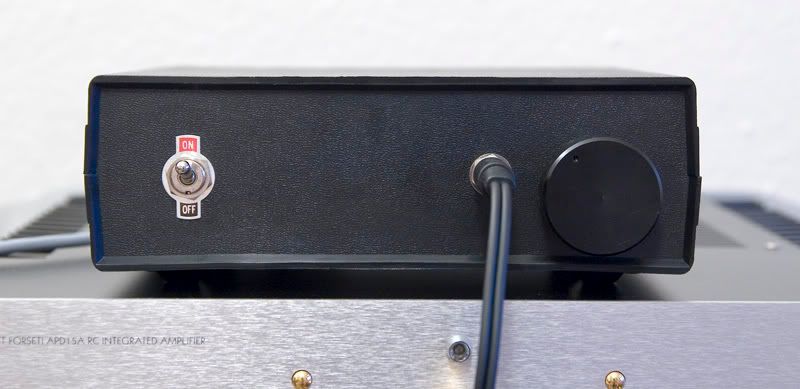
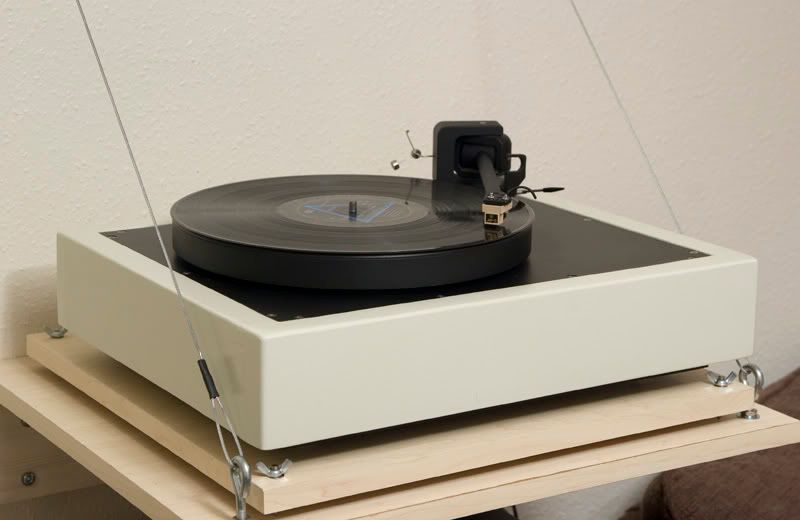





 . Pointless since the bass won't keep up (below 60hz anyhow) and it would be literally painful, but interesting nonetheless
. Pointless since the bass won't keep up (below 60hz anyhow) and it would be literally painful, but interesting nonetheless 




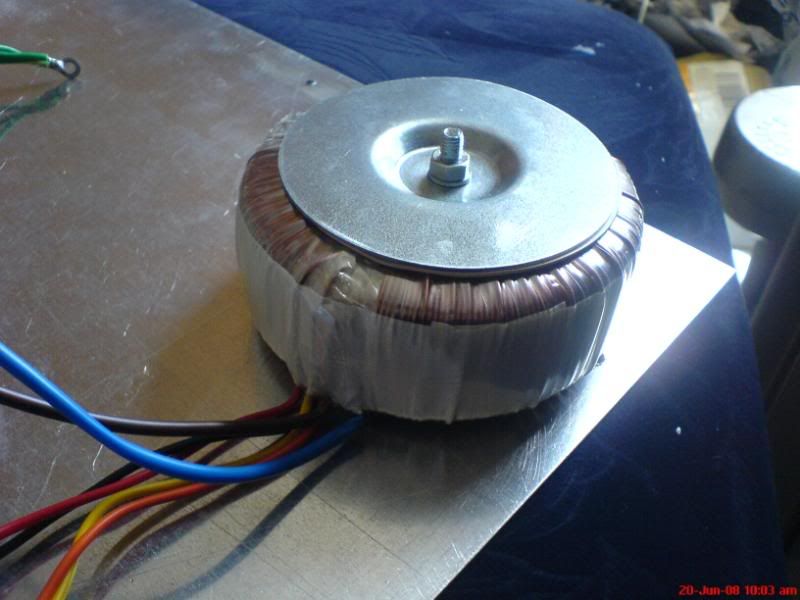
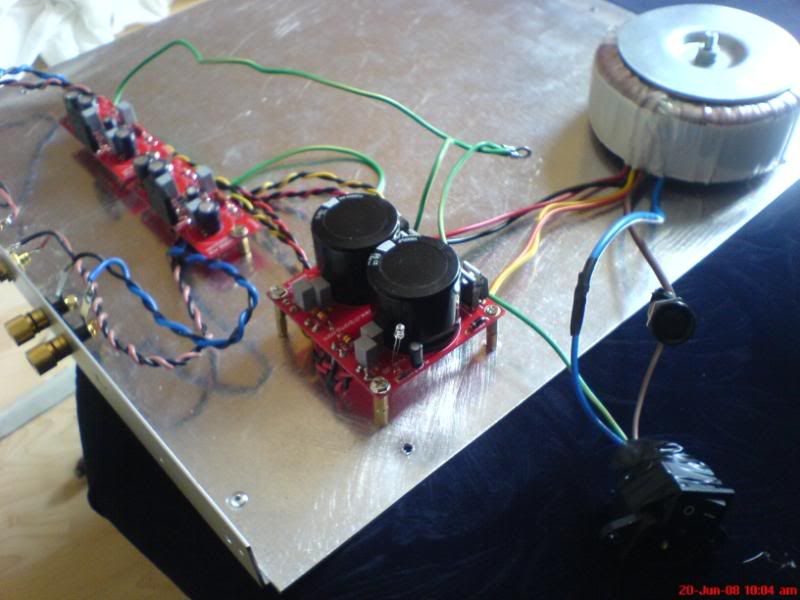
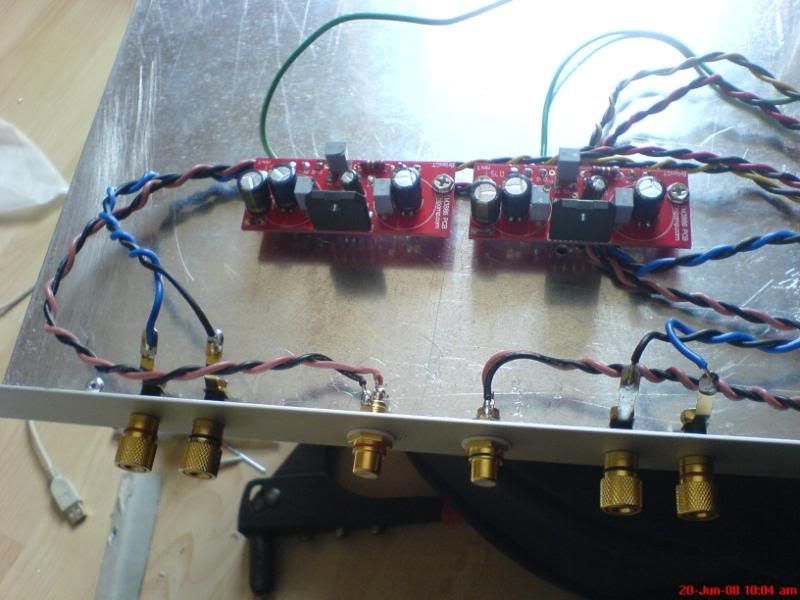
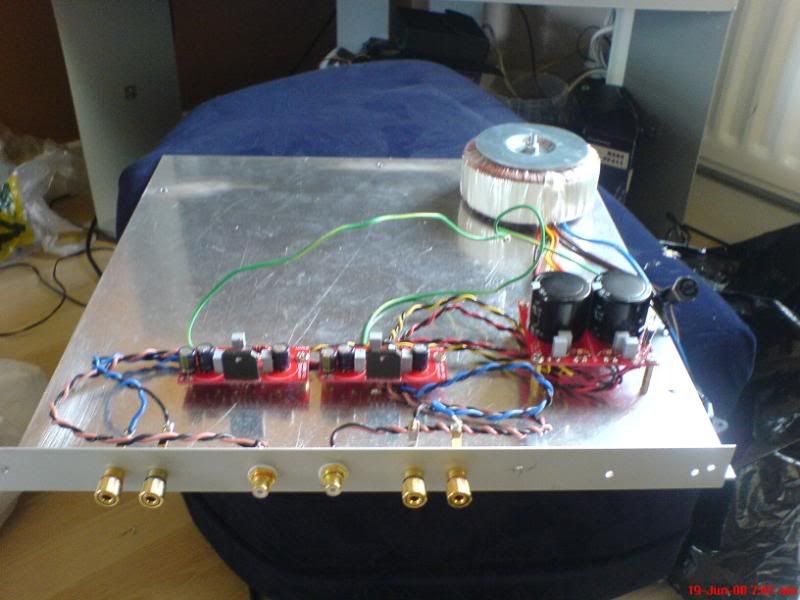

 i feel like an idiot, even more so now, i mesured rails and was getting 37v dc from each of my psu rails so i rigged up my amp board, pop went a cap and i nearly **** my self and then the lm3886 chip poped aswell, luckily i have another board to get things up and running again though ill have to do it a channel at a time, a new chip and cap shouldnt break the bank, now just to figure why it went pop!
i feel like an idiot, even more so now, i mesured rails and was getting 37v dc from each of my psu rails so i rigged up my amp board, pop went a cap and i nearly **** my self and then the lm3886 chip poped aswell, luckily i have another board to get things up and running again though ill have to do it a channel at a time, a new chip and cap shouldnt break the bank, now just to figure why it went pop!